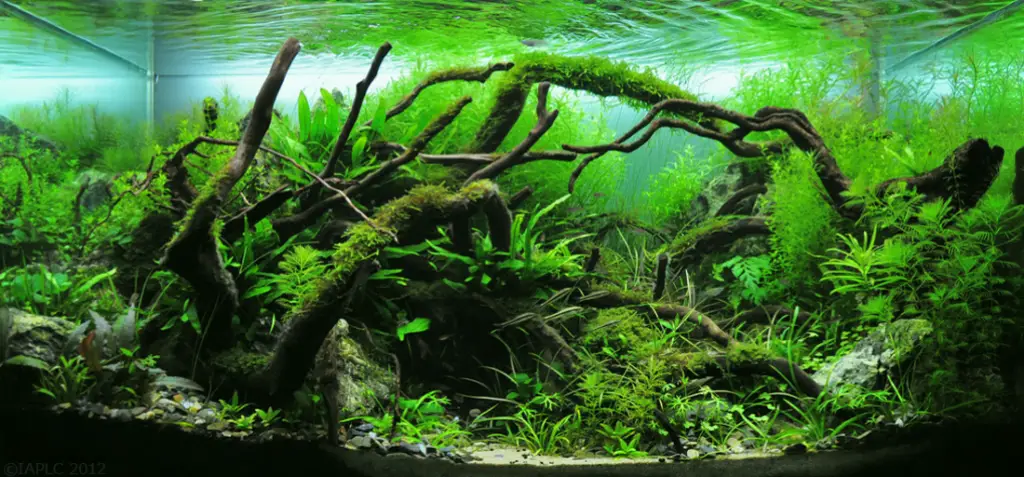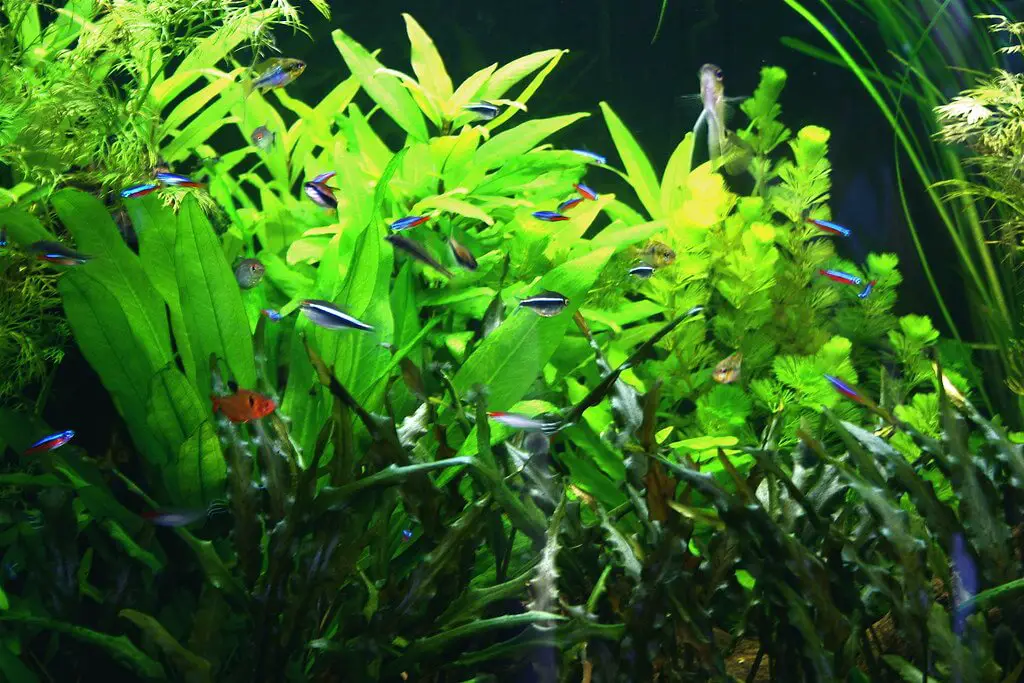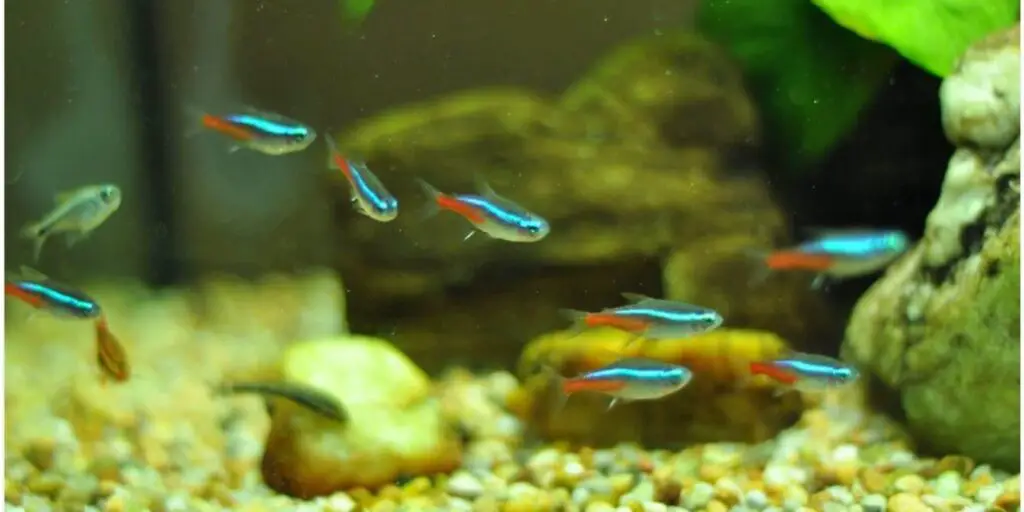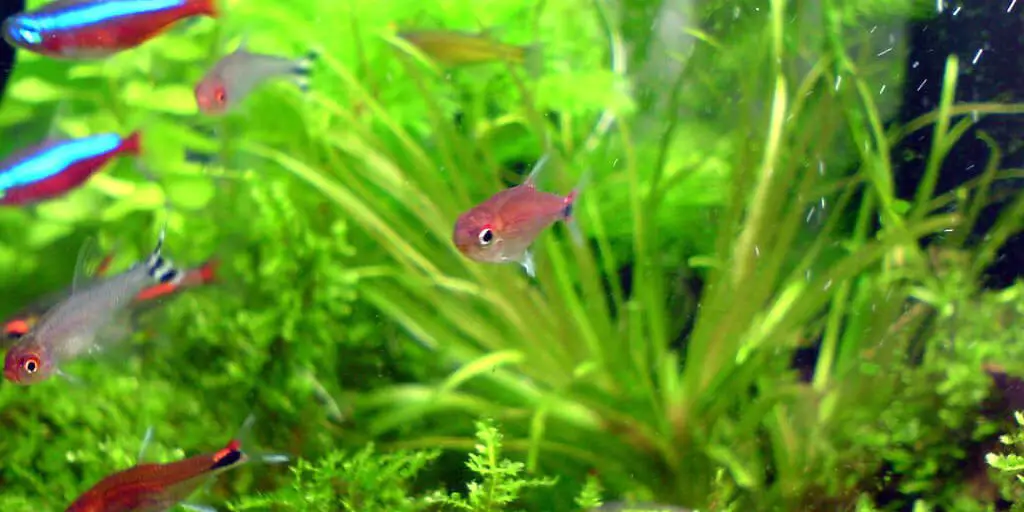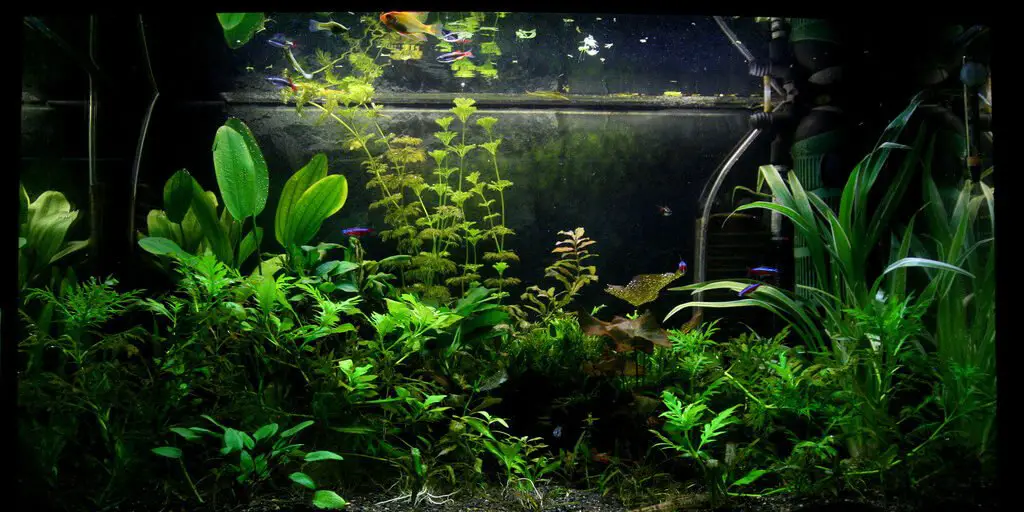The water in your aquarium is an essential environment of the fish that you are keeping. The quality and parameter of the water in your aquarium will decide the wellbeing of your fish. An actively running filtration system is a must for a tank to run without creating any disturbances to the fish. Many other factors decide the wellbeing of your fish, and filtration happens to be one of them. So, in today’s article, I have come up with the filtration methods and various types of aquarium filter that you can keep on your tetra fish tank.
The primary purpose of an aquarium filter in your tank is to filter the aquarium waste from the tank’s water. Every aquarium requires a filtration medium to keep the water clean and healthy for your fish.
A filtration process can be divided into three-part, Biological Filtration, Mechanical Filtration, and Chemical Filtration. These all filtration process serves for a different but vital purpose.
Why do you Require a Filter in your Aquarium
As a living being a clean environment is a must for living. An aquarium is an enclosed system; what’s inside an aquarium stays inside unless you remove it. As there is no free-flowing water in your aquarium, the water is just getting cycled in your aquarium. Over time, waste products accumulate in your aquarium, creating a toxic environment for the fish. And the imbalanced environment opens the door to various deadly diseases causing fish to die.
So, what an aquarium filter does is filter the water through its filtration media. However, a filter will not completely remove waste from your tank. What the media inside a filter does is, it breaks down toxins into less harmful forms. You will need to manually change at least 10% of the tank water once a month to remove any toxins from the tank.
Fish waste, poop, uneaten fish food, dead, and decay plants create ammonia levels inside your tank to rise, which is toxic to your fish. When your aquarium filter ages, the beneficial bacteria that build up in the filter feeds on ammonia producing nitrite, which is even more harmful. However, another beneficial bacteria in your filter feeds on nitrite and produces nitrate, which is a much lesser toxic form. Plants use nitrate as fertilizer or get removed when you change your aquarium water.
So, always get a filter that has more room for filter media, especially biological media. This is where all your beneficial bacteria sit.
How do Aquarium Filters Work: Different Methods of Filtration
The water in your aquarium can be filtered in three different ways using three different methods. However, a good filter utilizes all three methods of filtration: Biological, Chemical, and Mechanical Filter media.
A single method of filtration is not able to filter everything at once. So to get rid of every waste in your aquarium, you should be using all of the filtration mechanisms rather than relying on a single filtration system.
Here I have described all the filtration method in detail.
Mechanical Filtration
Mechanical filtration is used in order to trap all the large waste particles produced by the fish as a byproduct of the food they ingest or the uneaten food itself. This type of filtration is achieved by filtration media such as filter floss. Water containing fish waste is carried to these filtration media and is trapped there to the filtration media moving the water to the next media “Biological Media.”
Biological Filtration
Biological filtrations are used to absorb and remove the smaller contents that are produced by the fish, and those infect the water qualities that are not visible to the naked eyes. These are carried out by beneficial bacterias that present in biological media of the filter. Beneficial Bacteria builds up on your biological media as the tank ages. So if you have to clean the biological filter media lightly spray water on to the media, don’t wash it thoroughly. Types of Biological Media: K1 Media, ceramic rings, foam, bio balls, Fluidized bed, and anything that has tiny pores in it.
Chemical Filtration
Chemical filtration is not used as much as the above two filtration methods but is never to be underestimated. Using some chemically activated substances like resins, charcoal, carbons, etc. any unwanted matters in the water adhere to these media. We mostly use theme media when we have to remove toxins and poisons from the tank immediately.
If you have a filter with chemical media on it, never use it when you are treating your fish with a disease because these medicines get to adhere to chemical media too.
Different types of Aquarium Filter
We have gone through the processes by which you can successfully filter the water in your aquarium. Still, not all Aquarium filters use all the given three methods for the filtration method.
Choose a filter according to your fish, the amount of fish food you use, and the length of the cycle in which you do water changes. Always get a filter with bigger volume as this will house more beneficial bacteria on it.
I prefer a canister filter or a sump filter because, first, it is an external filter, and second, it has a bigger volume.
Here are the different types of aquarium filter that you can find in your pet store.
Under Gravel Filter
It is one of the oldest filters being used on the aquarium hobby. These are plastic plates with a tube that uses gravel to hold up the fish waste and then clear the water. An under-gravel filter is an air-driven filter. It uses air from an air pump to suck in the water to the gravel and the plastic plates. The plastic plates then trap the waste product releasing the clean water from the tube through the force of the air.
However, this is not the best filter that you can find in the market. It doesn’t use chemical filtration and also traps all the waste beneath the gravel, which, over time, degrades the quality of the water. And cleaning this filter is also a hectic job, so here the disadvantages outways the advantages of the under gravel filter.
Sponge Filter
A sponge filter is the safest bet for your aquarium. It provides a gentle flow in your aquarium water. It also provides a large amount of surface to grow beneficial bacteria. As the filter is gentle, it doesn’t suck in small fish or the fish fry. It is also the choice of filter for most of the fish breeders.
Cleaning this filter is also relatively easy. Simply rinsing it partially without getting rid of all the beneficial bacteria in clean water will do the job.
Internal Filter
Internal filters are widely used in the aquarium hobby too. It is a simple form of filter that can keep the water pretty clean and maintain a gentle flow across the aquarium. An internal filter is held in one of the corners of the tank. The powerhead of the filter sucks in the water through the sponges and throws it from the outlet above. The water gets filtered by passing through the sponge present in the candle attached to the bottom of the powerhead.
The beneficial bacteria present in the sponges provide excellent biological filtration while the sucking action of the powerhead also provides adequate mechanical filtration.
Internal filters are the right balance of both biological and mechanical filtration. In some higher-end types of internal filters, they also manage to incorporate chemical filters by adding activated carbons in the filter candle.
Hang on Back Filter
Another on the types of filter is Hang on the back filter or also known as HOB filters. It is one of the easiest and handiest filters that are available in the market. It does not take up any space inside your aquarium. The filer sits silently behind one of the panels of a glass of your aquarium.
A hang on Back filter has a powerhead inside of the box which sucks in the water from a tube outlet and then filters the water through all mechanical, biological and chemical filtration method. As the filter sits outside the aquarium, the filters are relatively easier to keep clean and maintain. Using a hang on the back filter will create a cleaner look as you don’t see any equipment inside your tank.
This type of aquarium filter is usually preferred in a planted tank or a tank with small fish that require a very gentle water flow.
Canister Filter
A canister filter is one of the high-end filters and comes at a relatively high price. However, they are once of the best types of aquarium filters used today. The filtration system is absolutely flawless and can be used in almost any tank. These filters are available for all kinds of aquariums, may it be low volume one or a high volume one.
The filter also has all three filtration media on it. Additionally, you can get a canister filter with UV lights on it. Canister filters are usually a big can like case equipped with two pipes, one for the outlet and the other for the inlet. Both of the pipes are fitted in the tank. The filter head inside the can pulls in the water via the inlet pipe. The water gets filtered inside the can/canister through different levels of filtration level and gets back to the aquarium through the outlet pipe. If you are looking for a good filtration system for a relatively large aquarium, a canister filter is the one for you.
Trickle Filter
Trickle filter, also known as a wet-dry filter, is a relatively unique system of filtration used in the aquarium hobby. This type of aquarium filter is mostly used in a saltwater setup. Setting up and starting this filter is not an easy task like the other filter in the list. As the name says wet dry filter, half of the filter media stays dry, and half of the filter media remains wet. This provides a massive range of favorable colonies for beneficial bacterias in its biological media. So trickle filters mostly depend on biological filtration. This filter might not be the one for everyone.
Sump Filter
Sump filters are a great way of filtering larger sized aquariums. A box containing different types of filtration media is present, and a pump flow’s the water through the media filtering the water that passes through the filter media. It also can be used to discretely hide other aquarium equipment like aquarium heaters, U.V. lights, etc. Sump filter can be a good D.I.Y. project for your aquarium and can be made at a pretty low price.
Finding the Right Filter for your Tetra Fish Tank
Among the entire filter listed above, finding the right type of filter might be a tricky question. As a beginner in the aquarium hobby, finding the right filter for your tank is pretty essential and, at the same is quite a problem. Different fish require different types of aquarium filter. Well, you might be restricted by your budget too and maybe willing to only spend a particular amount of money on your purchase.
If you are setting up your first nano tank, a sponge filter would be the choice of filter for you.
If you are into breeding fish, a sponge filter will get you the best results.
Also, if you are sort on a budget, any air-driven filter with a larger surface area for beneficial bacteria to thrive will also do an excellent job of cleaning your aquarium.
An internal filter will take you to a long way but isn’t best suited for a larger sized aquarium. So, a canister filter of the correct size is what you should go for.
But what I prefer is a Sump system. This is because you can customize your sump filter, and you can add as many filter media as you want.
Conclusion
We have come to the end of our article. However, I will still be adding new information with time.
I have described the types of filter media and what it does to make your aquarium water clear. We have also talked about the different types of aquarium filter that you can get in the market. Choose one according to the size of your aquarium and population of fish in your tank.
